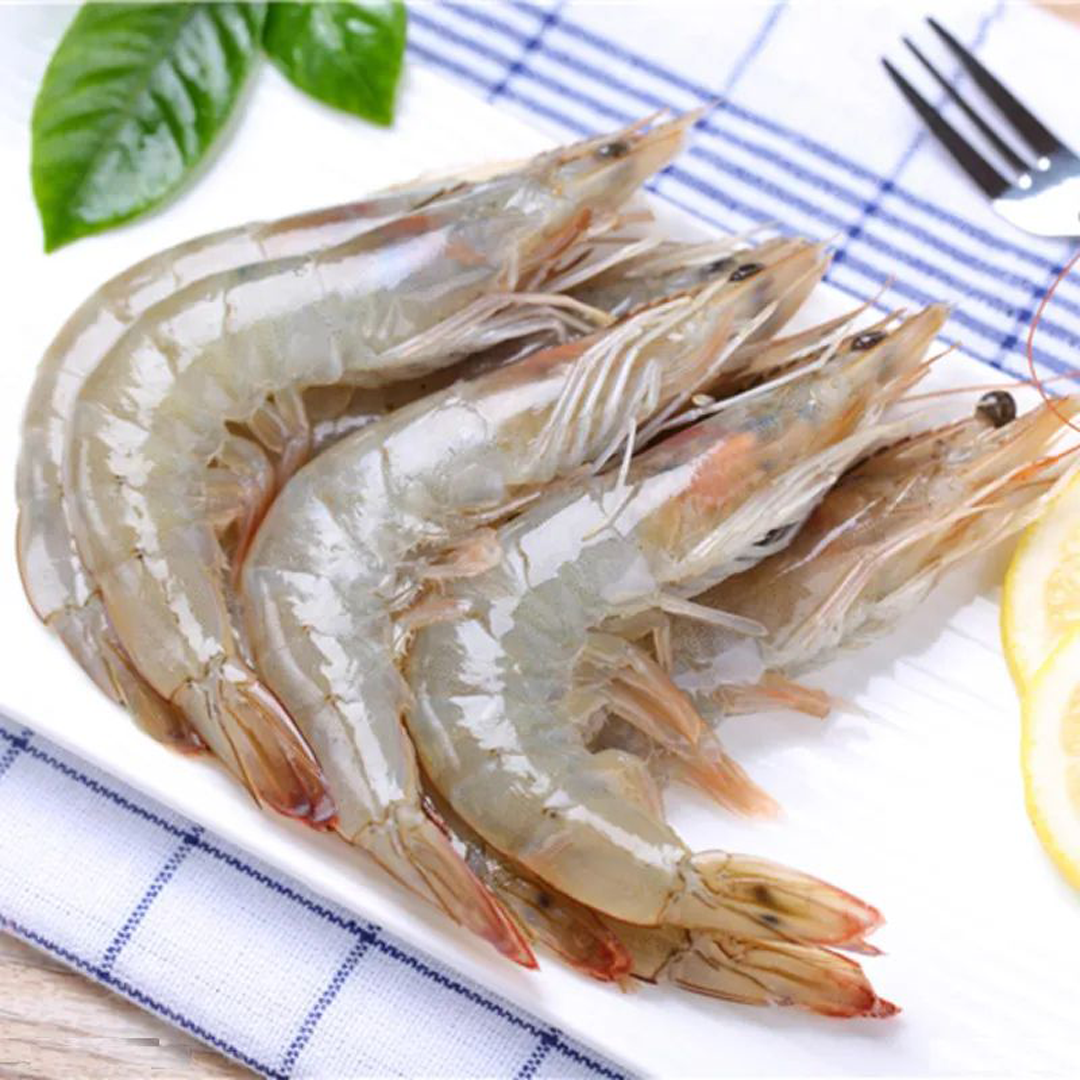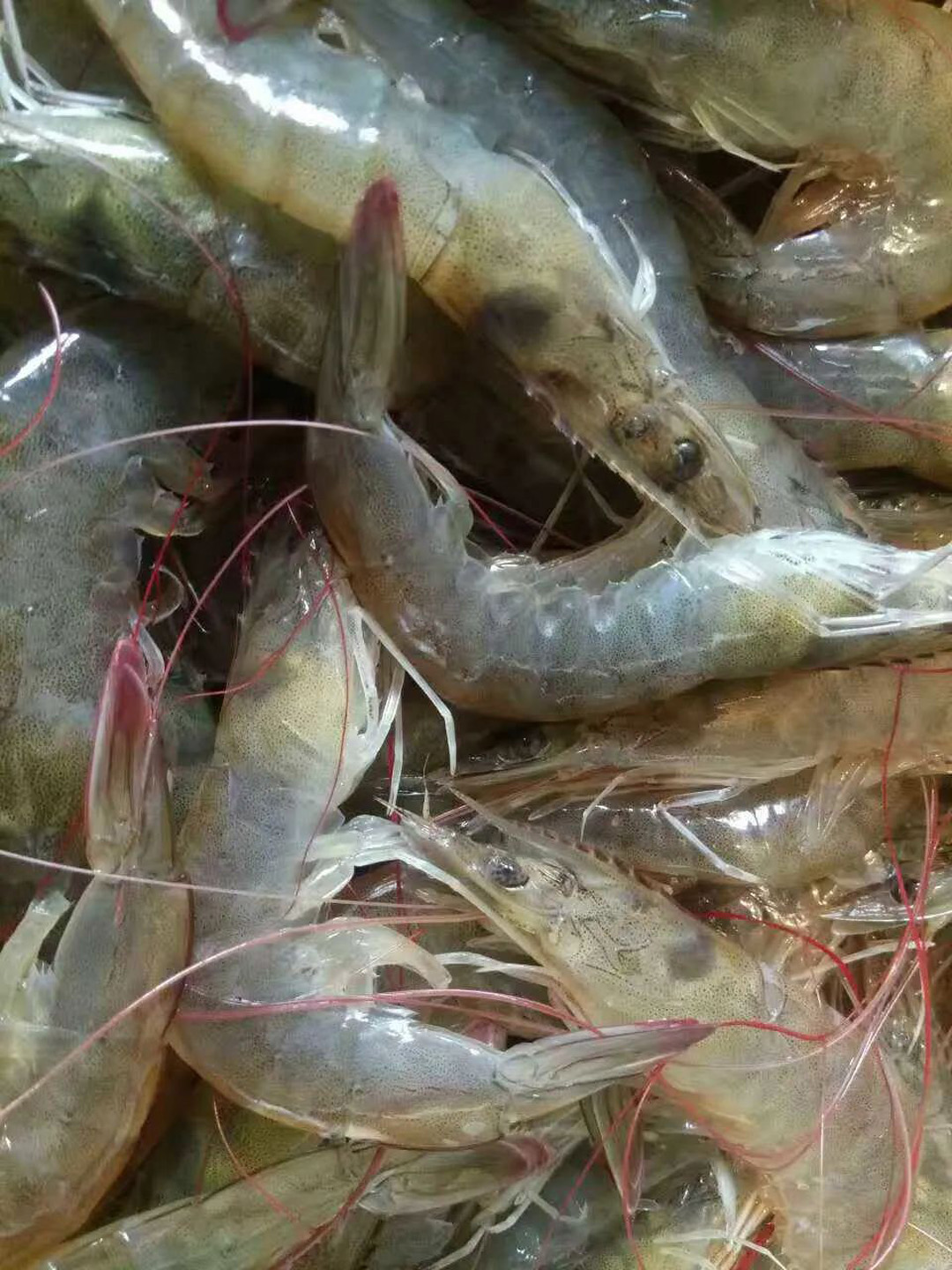Technological frontier
Technology How to prevent white spot disease on shrimp
Penaeus vannamei
Shrimp family, Litopenaeus genus.

White spot disease is a serious infectious disease caused by viruses infected with shrimps. This disease began to appear in my country in 1991. Now it occurs in almost all countries where shrimps are cultured, causing great economic losses to the aquaculture industry every year. It is caused by white spot syndrome virus in prawns, a rod-shaped double-stranded circular DNA virus. After the onset of the infection, the shrimp's food intake decreases or stops, moves slowly, and is unable to move, and finally sinks to the bottom of the pond with the abdomen facing upward or is eaten by other shrimp. The shrimp pond is large and the stocking density is high, which is prone to virus infection. . Due to the harm of white spot disease of shrimp, the output of farmed shrimp in my country dropped sharply from 219,600 tons in 1991 to 63,900 tons in 1994. After the research and prevention of white spot disease, shrimp production has gradually recovered. In 2017, my country's shrimp aquaculture production reached 1.864 million tons.
I. The transmission route of white spot virus of prawns
The hosts of white spot virus are divided into two categories, sensitive hosts and potential hosts. It has been found that 98 kinds of aquatic animals are its hosts, such as marine crustaceans, and now the shrimps, crabs, and wild shrimps that people cultivate are all The host of vitiligo virus. Planktonic microalgae is a very important type of organism in aquaculture ponds, and it is also a biological bait for zooplankton and shrimp farming. Viruses discharged from infected animals are adsorbed by microalgae, thus becoming virus carriers and spreading the virus to zooplankton and shrimp. .
Microalgae can adsorb viruses and prolong their activity by more than 4 times. Viruses adsorbed on the surface of microalgae can be ingested by rotifers or copepods and infect zooplankton. Rotifers or copepods infected with viruses can Dormant eggs that produce the virus, and hatched larvae can transmit the virus to prawn larvae.

Through investigation and sampling, in the ponds with outbreaks of white spot disease, Chinese prawns and Japanese prawns, as well as ridges in the ponds, can be detected positive, and the positive rate is related to the degree of the disease; Copepods are positive, indicating that copepods It is one of the hosts of prawn white spot virus, which is horizontally transmitted by copepods carrying the virus to crustaceans such as prawns that use it as bait.
II. Relationship between the outbreak of white spot disease of shrimp and the environment
1. The relationship between the pathogenicity of white spot disease of shrimp and the physical environment of aquaculture water
Many researchers have found that white spot disease is prone to outbreaks in prawns cultured after heavy rain, which may be caused by the rapid changes in the temperature of the aquaculture water. In addition, it was found that the outbreak of white spot disease of prawns was related to the depth of pond water and the amount of water exchange. This may be related to the changes in the temperature and salinity of the pond. The shallower the water and the greater the amount of water exchange, the greater the impact on the temperature and salt environment of the pond, and the more prone to disease in prawns.
The drastic changes in the salinity and temperature of aquaculture water may lead to the possibility of shrimp infection with white spot virus. Therefore, it is effective to prevent the outbreak of this disease by appropriately increasing the water depth of the shrimp culture pond, controlling the frequency of water changes, and reducing the fluctuation of the temperature and salinity of the pond water. measure.
2. The relationship between the pathogenicity of white spot disease of shrimp and the chemical environment of aquaculture water
The chemical environment of aquaculture water is very important for aquaculture organisms. Poor hydration environment will reduce the resistance of organisms to pathogens, and even cause the outbreak of vitiligo. The hydration factors often encountered in aquaculture that affect the health of aquaculture mainly include PH, dissolved oxygen, ammonia, nitrite, etc.
When the pH value of the water environment is too low or too high, the average survival time of the white spot virus in the shrimp will be extended by 28 hours. When the pH value is within the normal range, the virus will lose its infectious activity in about 1 hour. It can be seen that controlling the pH value of aquaculture water within an appropriate range is one of the effective measures to prevent white spot disease of shrimp.
In cloudy and rainy days, the amount of dissolved oxygen in aquaculture water will decrease, the photosynthesis of phytoplankton will be weakened, and the decomposition of plankton will consume dissolved oxygen. Major environmental factors in vitiligo outbreaks.
Ammonia is an important product of protein metabolism in aquatic animals. The accumulation of a large amount of ammonia in water is not conducive to the excretion of nitrogenous wastes. When ammonia enters the blood, it will cause ammonia poisoning, which makes the shrimp have a certain tolerance to ammonia, and it is in high concentration for a long time. The disease resistance of shrimp in ammonia environment will be significantly reduced.
Pinus salts are highly toxic to aquaculture animals and can lead to a variety of physiological and metabolic disorders, such as respiration, ion regulation, cardiovascular pressure regulation, and endocrine excretion. Excessive concentration of sulfites will reduce the immunity of prawns and increase the susceptibility of prawns to pathogens.
3. Relationship between the pathogenicity of white spot disease of shrimp and the biological environment of aquaculture water
Planktonic algae are indispensable for maintaining the ecosystem balance of shrimp ponds and stabilizing the pond environment. The photosynthetic absorption of phytoplankton can decompose ammonia and sulfide, and change the dissolved oxygen in water. These changes in hydration environment directly or indirectly affect the disease resistance of shrimp.
Microalgae have a certain effect on inhibiting white spot disease of shrimp. For example, adding Heteroflexus to the water body and culturing it with virus-infected shrimp, the virus content detected in the shrimp is lower than before, and the death peak of shrimp is also delayed.
Green algae in ponds can also prevent white spot disease of shrimps, especially Chlorella is better, its mechanism of action is that Chlorella itself has the function of antibacterial and water quality improvement.
Bacteria can effectively decompose and utilize the organic matter in the pond and reduce the concentration of harmful substances in the pond. In the breeding process, the scientific use of bacteria can not only purify the breeding water environment, but also reduce the incidence of white spot disease of prawns to a certain extent.
III. Integrated control of shrimp white spot disease
At present, the development of shrimp farming is very rapid. For non-epidemic areas where white spot disease has never occurred, the top priority is to import the white spot disease virus. If any individual infection is found, it should be decisively isolated and killed. For vitiligo-affected areas, ecological disease prevention measures can be adopted to prevent re-infection as much as possible. When a disease is found, measures should also be taken to achieve "no disease" or less disease as much as possible.

1. Pre-treatment of shrimp water body
It is best to carry out shrimp farming in non-epidemic areas. If it is in epidemic areas, first of all, the water source should be treated well, and then the pond should be treated well. If the pH value of the culture water is lower than 7.0, an appropriate amount of quicklime should be applied to increase the pH value, and if shrimp are cultured in saline-alkali ponds, the pH value should be lowered.
For some old ponds, dredging, ploughing, leveling, and sun exposure should be carried out after the prawns were harvested in the previous year. Clear the pond 20 to 30 days before placing the seedlings to remove harmful viruses and pathogen-carrying organisms.
2. Comprehensive disease prevention measures for shrimp farming
Comprehensive disease prevention technology of fence closure: first, set up protective fences around the storage ponds and breeding ponds to seal the ponds so that other organisms cannot invade the ponds from the shore. Then, the water is fed through a 60-mesh filter screen, and the shrimp seedlings killed by trichlorfon or dichloride are used to adopt closed breeding. During the breeding process, only water is added to the breeding pond to supplement water. When adding water, the seawater should be treated with medicine first and then put into the storage tank. After the pathogens are killed, they will be injected into the breeding tank for detoxification.
The disease prevention technology of polyculture: It is the polyculture of prawns and macroalgae, fish, shellfish and other organisms in the same water body, and the technology of high breeding is realized by improving water quality, improving the disease resistance of prawns, and removing diseased prawns. The polyculture of prawns and carnivorous fish can effectively control the outbreak of white spot disease on prawns.
High-level pond intensive shrimp disease prevention technology: The core of its disease prevention technology is to treat the incoming water, implement closed management of the breeding process, and thoroughly clean the pond. Since the high-level pool is usually far from the coast, it is easier to be closed and managed, which can effectively prevent the entry of wild pathogens. The occurrence of white spot disease of prawns can be effectively prevented by keeping good water intake and stocking healthy shrimp seedlings, and then adopting closed and intensive management.
Probiotics biotechnology: The beneficial bacteria commonly used in aquaculture include photosynthetic bacteria, Bacillus, etc., which can improve water quality and improve the disease resistance of farmed animals. Bacillus can quickly degrade organic matter in the aquaculture environment, and has been widely used in shrimp disease resistance. Bacillus and Vibrio alginolyticus are added to the feed, which can significantly improve the ability of shrimp to resist white spot virus infection.
Biofloc technology: It is to build a closed breeding system to avoid the introduction of exogenous pathogens and improve the safety of cultured organisms. The microorganisms in the biofloc compete with the pathogenic bacteria for nutrition, disturb the pathogenic bacteria sensing system, and inhibit the growth and reproduction of the pathogenic bacteria. Biological flocs contain a variety of beneficial bacteria and secretions, which can promote the growth and development of cultured organisms and enhance immunity.
R&D Center: Liu Fang
Ghxiedaojia

Scan the code to follow us
WeChat | ghxiedaojia
This is a public account with a soul